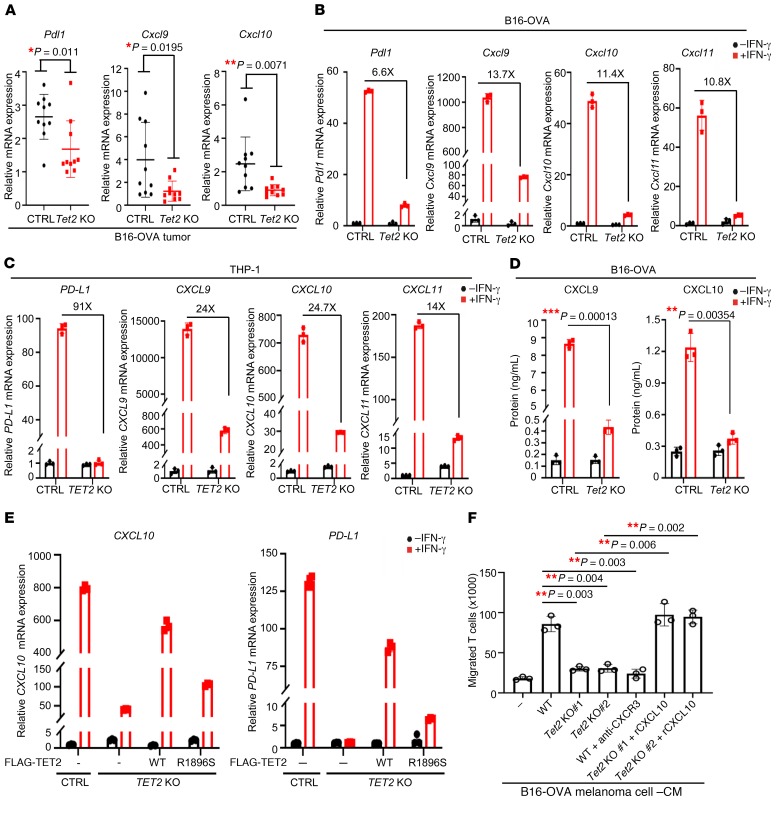Figure 3. Loss of TET2 impairs Th1-type chemokines and PD-L1 expression.
(A) Deletion of Tet2 in allograft tumors reduced chemokine Cxcl9, Cxcl10, and Pdl1 expression. Total mRNA was extracted from WT or Tet2-KO tumor (n = 10 for each group), and mRNA levels of genes were determined by qPCR. Data represent mean ± SD. *P < 0.05, **P < 0.01 by unpaired Student’s t test. (B and C) Knocking out Tet2 blocked IFN-γ–induced chemokines and Pdl1 gene expression in B16-OVA (B) and THP-1 (C) cells. WT or Tet2-KO cells were treated with IFN-γ for 20 hours, and total RNA was extracted. The relative mRNA levels were determined by qPCR. Error bars represent ± SD for triplicate experiments. (D) Knocking out Tet2 decreased IFN-γ–induced CXCL9 and CXCL10 protein levels in B16-OVA cells. WT or Tet2-KO B16-OVA cells were treated with IFN-γ for 72 hours; then medium was collected and subjected to ELISA analysis. Error bars represent ± SD for triplicate experiments. **P < 0.01, ***P < 0.001 by unpaired Student’s t test. (E) TET2 catalytic activity was required for IFN-γ–induced CXCL10 and PD-L1 expression. TET2-WT and catalytic mutant R1896S were overexpressed in TET2-KO THP-1 cells; then cells were treated with IFN-γ for 20 hours as indicated, and total RNA was extracted. The relative mRNA levels were determined by qPCR. Error bars represent ± SD for triplicate experiments. (F) Deletion of Tet2 impaired T cell attraction by Transwell assay. WT or Tet2-KO B16-OVA cells were treated with IFN-γ for 48 hours, and CM was collected. Triplicate independent experiments were performed for each group. Error bars represent ± SD. Bonferroni-adjusted **P < 0.01, with raw P value derived from unpaired Student’s t test.

